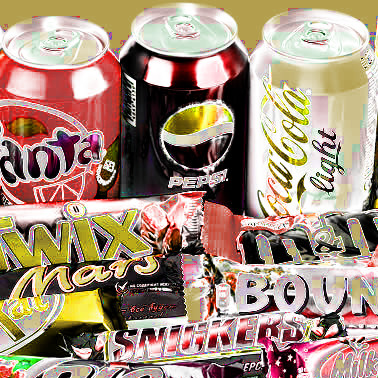New labelling reviewed
 If junk food were labelled with the amount of exercise it takes to burn off the calories, people may make healthier choices.
If junk food were labelled with the amount of exercise it takes to burn off the calories, people may make healthier choices.
Given that the current system of food labelling by calorie and nutrient content is poorly understood, and there’s little evidence that it is altering purchasing decisions or having any impact on obesity levels, it may be worth trying, suggest British researchers.
Physical activity calorie equivalent or expenditure (PACE) food labelling aims to show how many minutes or miles of physical activity are needed to burn off the calories in a particular food or drink.
For example, eating 229 calories in a small bar of milk chocolate would require about 42 minutes of walking or 22 minutes of running to burn these off.
The UK Royal Society for Public Health has already called for PACE labelling to replace the current system, but to date, there has been little strong evidence to back this stance.
The researchers trawled research databases and other relevant online resources for studies that compared PACE labelling with other types of food labelling or none for potential impact on the selection, purchase, or consumption of food and drinks (excluding alcohol).
They found 15 relevant randomised controlled trials, and pooled the data from 14 of them. The results showed that when PACE labelling was displayed on food and drink items and on menus, on average, significantly fewer calories - 65 fewer per meal - were selected.
PACE labelling was also associated with the consumption of 80 to 100 fewer calories than no food labelling, or other types of labelling.
Based on their findings, and average consumption of three meals a day plus two snacks, the researchers suggest that PACE labelling might potentially slice around 200 calories off daily intake.







 Print
Print